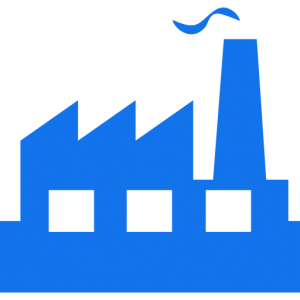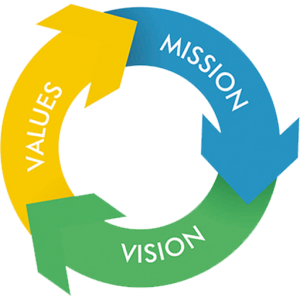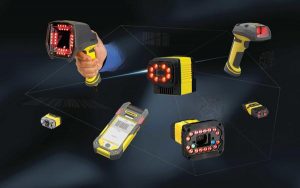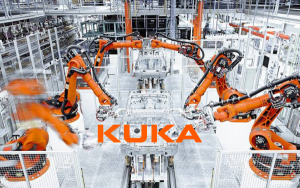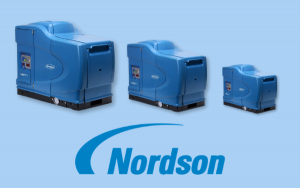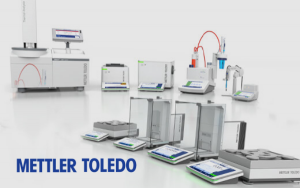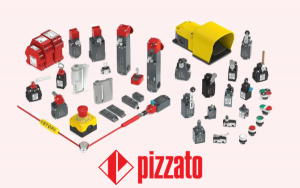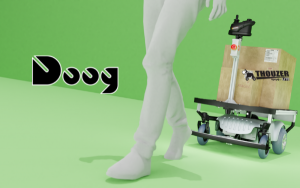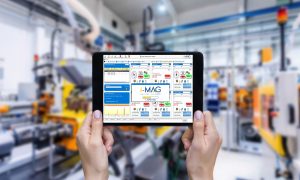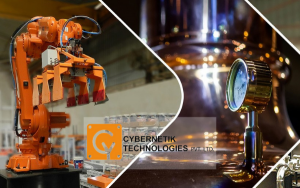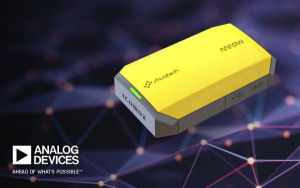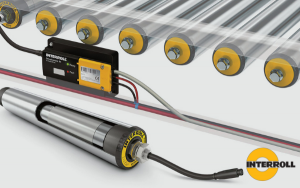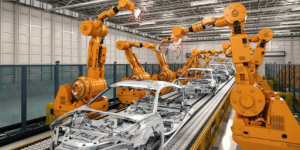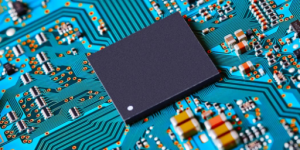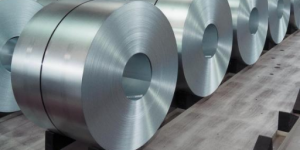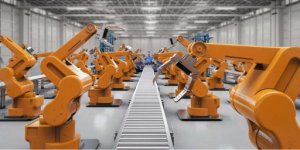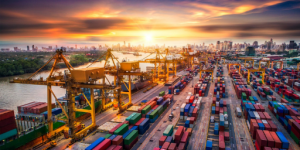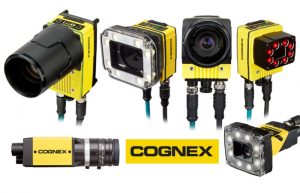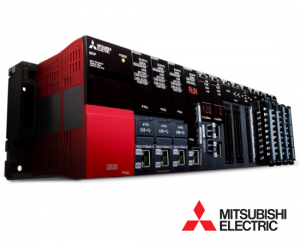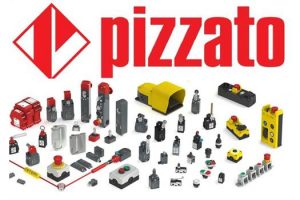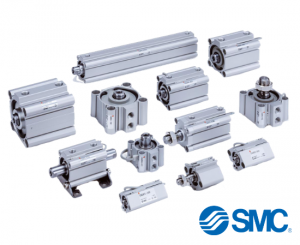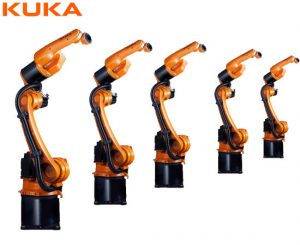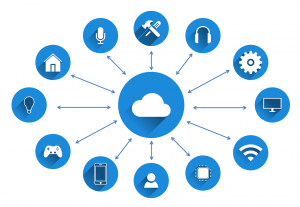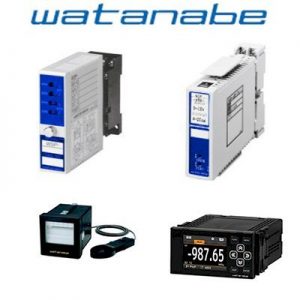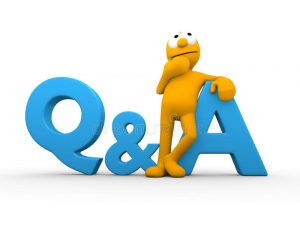
The difference between a vision sensor and a vision system is pretty basic:
Vision sensor performs simple checks like answering simple yes-no questions on the production line. Vision systems do some complex work, like helping a robotic arm weld parts together in an automated factory.
The Machine Vision Sensor captures light waves from the camera’s lens and works in conjunction with a digital signal processor (DSP) to translate light data into pixels that produce a digital image. The software analyzes pixel patterns to reveal important facts about the subject being photographed.
Read more: Vision Sensor là gì?
Automated manufacturing doesn’t mean robots make pickup trucks and smartphones. Many automated factory tasks require simple, straightforward vision sensor data types:
- Present or absent: is there any part of the sensor’s field of view? If the sensor answers yes, then machine vision software allows the part to be moved to its correct position in the manufacturing process.
- Investigate: is the part damaged or defective? If the sensor sees defects, the part is removed from production.
- Optical Character Recognition (OCR): does the section contain specific words or text? Answering this question can help the system automatically classify products by brand name or product description.
The Cognex machine vision system uses multiple sensors to perform all of these basic tasks along with more complex challenges:
- Guidance/alignment: When parts require precise placement or alignment, the vision system uses sensors to identify the exact parts and place them exactly where they need to be.
- Read codes: Codes on individual packages and components contain vital data that the visual system captures in real time to categorize finished products and distinguish between parts in the manufacturing process.
- Gauges / Gauges: The sensor can ensure that the machined parts are cut to the proper size.
- 3D imaging: The sensor generates three-dimensional representations of parts and products. These images can help automate inspections and tell robotic arms where to receive and place parts.

Each company has to decide whether they need a simple vision sensor or a more advanced machine vision system.. Vision sensors are designed to be easy to install and deploy, so plant personnel can often set them up and configure them without much outside help. When photography requires a simple go/no go decision, the Vision Sensor could be all the company needs.
In contrast, Vision systems require more expertise and a significant investment of time and money in configuration, installation, and training. Usually, companies look to third-party integrators who have deep expertise in vision system installation.
Every company in the machine vision field has its own way of determining the difference between a system and a machine vision sensor. For example, Cognex builds vision sensors that perform specific types of tasks, like quality control in food processing. Our vision systems combine advanced software with industrial cameras to enable a wide variety of factory automation applications.
One way to distinguish between a vision system and a Vision sensor is to imagine hundreds of beer bottles on a conveyor belt in a bottling plant. Vision sensor can make sure every bottle has a cap. If the cap is there, the bottle is approved and sent to the packer, where another sensor ensures that there are six bottles in every six packages.
But the bottler may want to determine when the bottle cap is deflected past a certain angle. Or, perhaps they want to make sure the pack of six doesn’t accidentally mix up multiple beers. That more likely requires a vision system.

